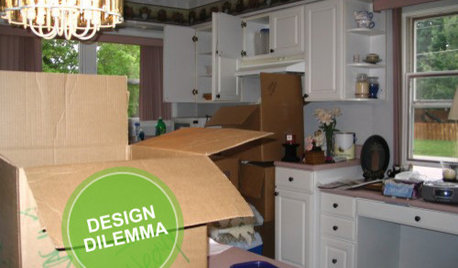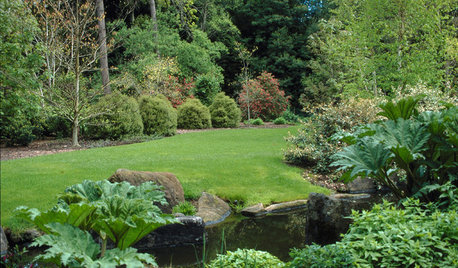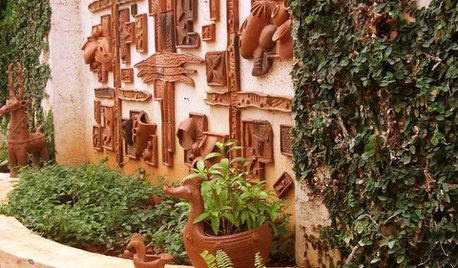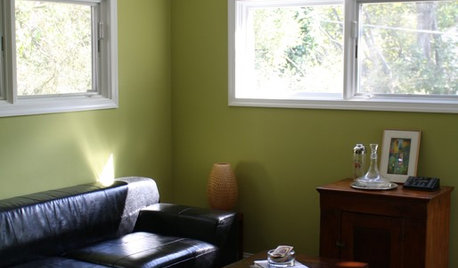help needed
sluice
13 years ago
Related Stories

LIFEDecluttering — How to Get the Help You Need
Don't worry if you can't shed stuff and organize alone; help is at your disposal
Full Story
ORGANIZINGGet the Organizing Help You Need (Finally!)
Imagine having your closet whipped into shape by someone else. That’s the power of working with a pro
Full Story
HOUSEKEEPINGWhen You Need Real Housekeeping Help
Which is scarier, Lifetime's 'Devious Maids' show or that area behind the toilet? If the toilet wins, you'll need these tips
Full Story
KITCHEN DESIGNDesign Dilemma: My Kitchen Needs Help!
See how you can update a kitchen with new countertops, light fixtures, paint and hardware
Full Story
GARDENING GUIDESYou Don't Need Prairie to Help Pollinators
Woodlands, marshes, deserts — pollinators are everywhere
Full Story
8 Ways Dogs Help You Design
Need to shake up a room, find a couch or go paperless? Here are some ideas to chew on
Full Story
DECORATING GUIDESSlow Design: Today's 'Wabi-Sabi' Helps Us Savor the Moment
Learn about the design movement that's aiming to satisfy our real needs, leaving materialism in the past
Full Story
CURB APPEAL7 Questions to Help You Pick the Right Front-Yard Fence
Get over the hurdle of choosing a fence design by considering your needs, your home’s architecture and more
Full StoryMore Discussions










greenman28 NorCal 7b/8a
sluiceOriginal Author
Related Professionals
Franconia Landscape Architects & Landscape Designers · Horsham Landscape Architects & Landscape Designers · Mooresville Landscape Contractors · Burien Landscape Contractors · Coeur d'Alene Landscape Contractors · Paramus Landscape Contractors · Ridgewood Landscape Contractors · Soddy Daisy Landscape Contractors · Crowley Landscape Contractors · Shorewood Decks, Patios & Outdoor Enclosures · Harrisburg Decks, Patios & Outdoor Enclosures · La Palma Decks, Patios & Outdoor Enclosures · Lebanon Decks, Patios & Outdoor Enclosures · Miami Decks, Patios & Outdoor Enclosures · Parker Decks, Patios & Outdoor Enclosuresgardener_guy
vancewood
sluiceOriginal Author
tapla (mid-Michigan, USDA z5b-6a)
greenman28 NorCal 7b/8a
tapla (mid-Michigan, USDA z5b-6a)
sluiceOriginal Author
tapla (mid-Michigan, USDA z5b-6a)
tapla (mid-Michigan, USDA z5b-6a)
greenman28 NorCal 7b/8a
sluiceOriginal Author
tapla (mid-Michigan, USDA z5b-6a)
sluiceOriginal Author
tapla (mid-Michigan, USDA z5b-6a)
sluiceOriginal Author